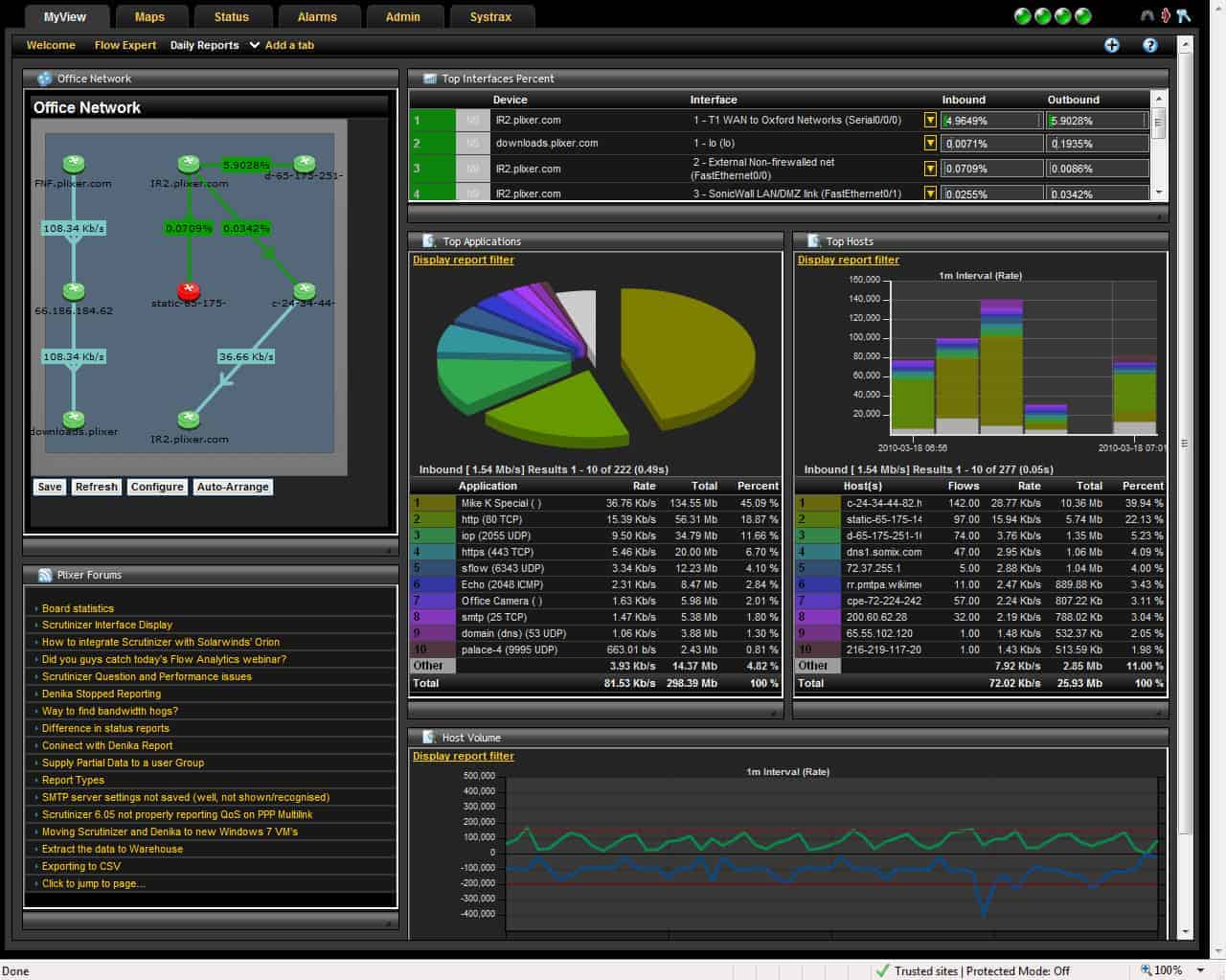Imagine your network as a bustling highway. Data packets are the cars, zipping back and forth, carrying crucial information. But what happens when traffic slows to a crawl, or worse, a major pile-up occurs? That’s where network traffic analyzer tools come to the rescue.
These invaluable software solutions act as sophisticated monitoring systems, allowing you to dissect and understand the flow of data across your network in real-time. From identifying bottlenecks and detecting security threats to optimizing performance and troubleshooting issues, network traffic analysis is critical for maintaining a healthy and efficient digital infrastructure.
In this article, we’ll delve into the world of network traffic analyzer tools, exploring their diverse capabilities, key features, and how they empower network administrators to stay one step ahead in today’s increasingly complex digital landscape.
We’ll equip you with the knowledge to choose the right tool for your needs and unlock the full potential of your network.
Understanding Network Traffic Analyzer Tools
In today’s digital landscape, keeping tabs on your network is critical. Network traffic analyzers give you the power to see exactly what’s moving across your digital infrastructure.
Think of them as detectives, meticulously tracking every conversation, every file transfer, every digital interaction happening on your network.
This capability is vital for everything from troubleshooting performance bottlenecks to identifying security threats lurking within your system.
Ultimately, these tools help you maintain a healthy, secure, and well-optimized network environment for your organization.
Without this detailed data, you’re essentially flying blind. You are unable to see and anticipate issues until they become major problems.
Why Use a Network Traffic Analyzer?
Simply put, visibility is key. Analyzers provide in-depth insight into network activities. This allows for quicker issue identification.
Imagine trying to find a needle in a haystack without a metal detector. A network traffic analyzer is that metal detector for your network.
These tools can pinpoint bandwidth hogs, detect unauthorized access attempts, and reveal patterns that might indicate a larger problem.
From improving app performance to securing sensitive data, the reasons to employ these tools are abundant. They are not just luxuries, but necessities.
By understanding network traffic, administrators can ensure optimal performance for all users. This results in enhanced productivity.
Key Features to Look For

Not all tools are created equal. When choosing, consider packet capture capabilities and their real-time analysis features.
Look for tools with comprehensive reporting and alerting capabilities. Customized dashboards are also useful for monitoring key metrics.
The ability to filter and sort traffic based on various criteria is also essential for targeted troubleshooting.
Integration with other security and network management tools can drastically improve your overall efficiency.
Above all, ensure the tool is user-friendly. A complex interface can hinder adoption and negate its potential benefits.
Popular Network Traffic Analyzer Tools
Several top-notch options are available. Wireshark is a popular open-source choice for detailed packet analysis.
SolarWinds Network Performance Monitor offers comprehensive monitoring and alerting features.
Paessler PRTG Network Monitor offers a flexible, all-in-one monitoring solution, suitable for varying network sizes.
Finally, look at tcpdump for command-line packet capturing. This is favored by experienced network engineers.
Choosing the right tool depends on your specific needs, technical expertise, and budget constraints.
Interpreting Network Traffic Data
Collecting data is only half the battle. Analyzing the information is critical to take any meaningful action from the information.
Understanding common protocols, like TCP, UDP, and HTTP, is essential. Learn about their normal patterns of traffic.
Look for anomalies, such as sudden spikes in traffic or unusual communication patterns. This could suggest a problem.
Pay attention to source and destination IP addresses to identify potential security threats or misconfigured devices.
Mastering the interpretation of network traffic data empowers you to proactively manage and secure your environment.
Best Practices for Using Network Traffic Analyzers
Start with a clear understanding of your network baseline. Document what’s “normal” activity for your network.
Regularly monitor traffic patterns to detect anomalies quickly. Schedule recurring reports to stay informed on important metrics.
Use filters to focus on specific types of traffic for targeted troubleshooting. This will save you a lot of time when a problem appears.
Secure your analyzer tool and its data to prevent unauthorized access. This is crucial if you are going to be analyzing sensitive data.
Continuously refine your analysis techniques as your network evolves. Keep learning new techniques to stay current.